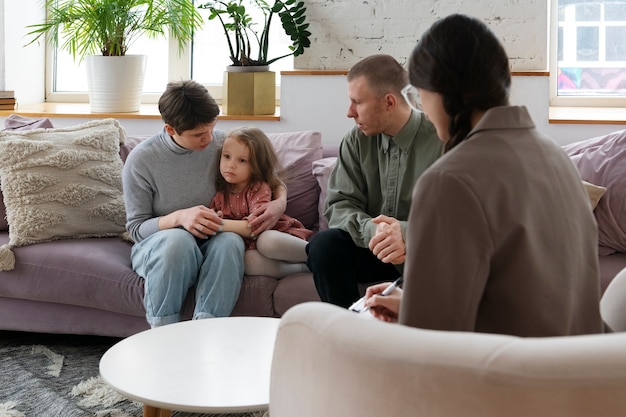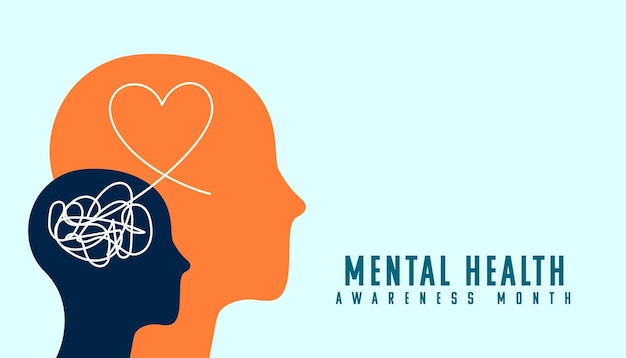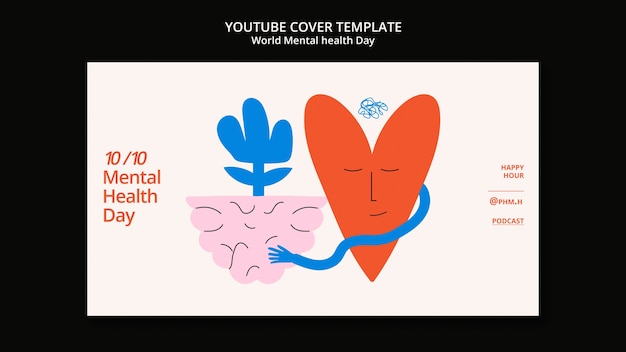A groundbreaking multinational study involving over 14 million individuals has uncovered a fascinating pattern in romantic relationships: people tend to choose partners who share similar psychiatric profiles. This phenomenon, known as psychiatric spousal resemblance, was found to be consistent across nine major psychiatric disorders and has remained stable across birth cohorts for nearly 90 years.
The research, one of the largest of its kind, analyzed decades of population-level health data from multiple countries, offering a rare long-term view into how mental health traits are distributed within couples. The findings suggest that the tendency for individuals with similar psychiatric conditions to pair up is not a fleeting trend but a persistent feature of human mate selection.
Psychiatric spousal resemblance refers to the observed similarity between married or partnered individuals in terms of their mental health diagnoses. The study examined nine disorders, including depression, anxiety, bipolar disorder, schizophrenia, ADHD, and others. Researchers found that spouses were more likely than expected by chance to both have one or more of these conditions.
This isn’t about one partner causing the other’s condition. Instead, it reflects a pattern of assortative mating—where people are more likely to form relationships with others who are similar to themselves in key traits, including psychological and behavioral characteristics.

One of the most striking aspects of the study is its temporal scope. Data spanned individuals born as early as the 1930s up to those born in the early 2000s—covering roughly 90 years of human relationships. Despite vast social, cultural, and medical changes, the pattern of psychiatric resemblance between spouses remained remarkably consistent.
This long-term stability suggests that the factors driving this resemblance are deeply rooted in human behavior. Whether in post-war Europe or modern urban centers, people continue to form partnerships with others who share similar emotional and cognitive experiences.
Several theories help explain why psychiatric spousal resemblance endures across generations:
The persistence of psychiatric spousal resemblance has important implications for family mental health. When both parents share a predisposition to certain disorders, their children may inherit a higher genetic risk. This doesn’t mean children will inevitably develop these conditions, but it underscores the importance of early screening, supportive environments, and accessible mental health care.
Moreover, the study highlights the need for couple-focused mental health interventions. Therapies that address shared challenges—such as communication difficulties, emotional regulation, or stress management—could be particularly effective for these couples.

It’s crucial to clarify that this research does not suggest one spouse causes the other’s psychiatric condition. Instead, it reveals a pattern of selection—people are drawn to others who reflect their own inner experiences. This distinction is vital for avoiding stigma and misunderstanding.
The study also found no evidence that this resemblance is weakening over time. If anything, the trend appears to be holding steady, if not slightly increasing, possibly due to greater openness about mental health and reduced social stigma.
Understanding psychiatric spousal resemblance can inform public health strategies. For instance, mental health screening programs could be expanded to include partners, especially when one individual is diagnosed. Support services might also benefit from a family-systems approach, recognizing that mental health is often shared within close relationships.
Additionally, this research challenges the notion that mental health is purely an individual concern. It highlights the interconnected nature of psychological well-being within relationships and communities.
As mental health continues to gain attention worldwide, studies like this offer valuable insights into the social dimensions of psychiatric conditions. Future research could explore how digital dating platforms, evolving social norms, and global mobility influence these patterns of partner selection.
For now, the message is clear: love often finds a mirror. And in that reflection, we see not just emotional connection, but shared vulnerabilities—and strengths—that span generations.

Health

Health

Health

Health

Health

Health

Health

Health

Health

Health

Health

Health

Health

Fitness

Health

Health